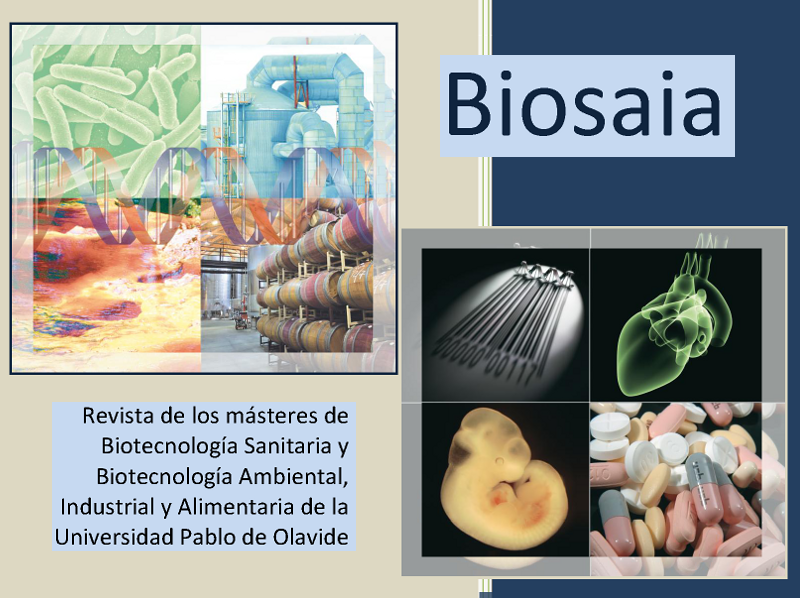Degradation biossays of pesticides using pre-selected bacteria from a biobed
Palabras clave:
Microbial degradation; Pesticides; BioassaysResumen
Motivation: The use of pesticides in agriculture to obtain a higher food production yield has several environmental problems (Tang et al., 2021). The existence of bacteria which are able to metabolize pesticides is an opportunity to reduce contamination problems related to these compounds (Fenner et al., 2013). Thus, the aim of this study is the isolation of bacteria from a Phytobac (a system used to degrade agricultural effluents on a biobed) capable of degrading an herbicide (MCPA), an insecticide (Deltamethrin) and a fungicide (Fluopyram).
Methods:For this purpose, three specific bacteria populations were selected to degrade each pesticide by culturing the biobed in a mineral medium with the pesticide as the only carbon source (Xia et al., 2017). These bacteria were isolated and identified by 16S rDNA sequencing. Finally, to prove the biodegradation efficiency, bioassays were carried out by applying the supernatant of the corresponding pesticide culture on plants (Brassica oleracea), insects (Chrysoperla carnea) and fungi (Monilinia fructicola).
Results: In the bacteria selection, eight, five and seven isolates were obtained, respectively, for the degradation of the herbicide, the insecticide and the fungicide. In the bioassays, due to the bacterial growth on the pesticide: (1) the plants growth was better than the negative control, and (2) the mortality of the insects decreased regarding the positive control. However, in the fungal bioassay, in the treatment in which the bacteria were growing, the mycelial growth showed the same inhibition than the positive control.
Conclusions: As a conclusion, it was possible to select three different populations for each pesticide and it can be affirmed that these bacterial communities were effective in metabolising MCPA and deltamethrin.
Descargas
Citas
Fenner, K., Canonica, S., Wackett, L. P., & Elsner, M. (2013). Evaluating pesticide degradation in the environment: Blind spots and emerging opportunities. Science, 341(6147), 752–758. https://doi.org/10.1126/SCIENCE.1236281
Tang, F. H. M., Lenzen, M., McBratney, A., & Maggi, F. (2021). Risk of pesticide pollution at the global scale. Nature Geoscience 2021 14:4, 14(4), 206–210. https://doi.org/10.1038/s41561-021-00712-5
Xia, Z. Y., Zhang, L., Zhao, Y., Yan, X., Li, S. P., Gu, T., & Jiang, J. D. (2017). Biodegradation of the Herbicide 2,4-Dichlorophenoxyacetic Acid by a New Isolated Strain of Achromobacter sp. LZ35. Current Microbiology, 74(2), 193–202. https://doi.org/10.1007/S00284-016-1173-Y
Descargas
Publicado
Cómo citar
Número
Sección
Licencia
Derechos de autor 2022 Biosaia: Revista de los másteres de Biotecnología Sanitaria y Biotecnología Ambiental, Industrial y Alimentaria

Esta obra está bajo una licencia internacional Creative Commons Atribución-NoComercial-CompartirIgual 4.0.





